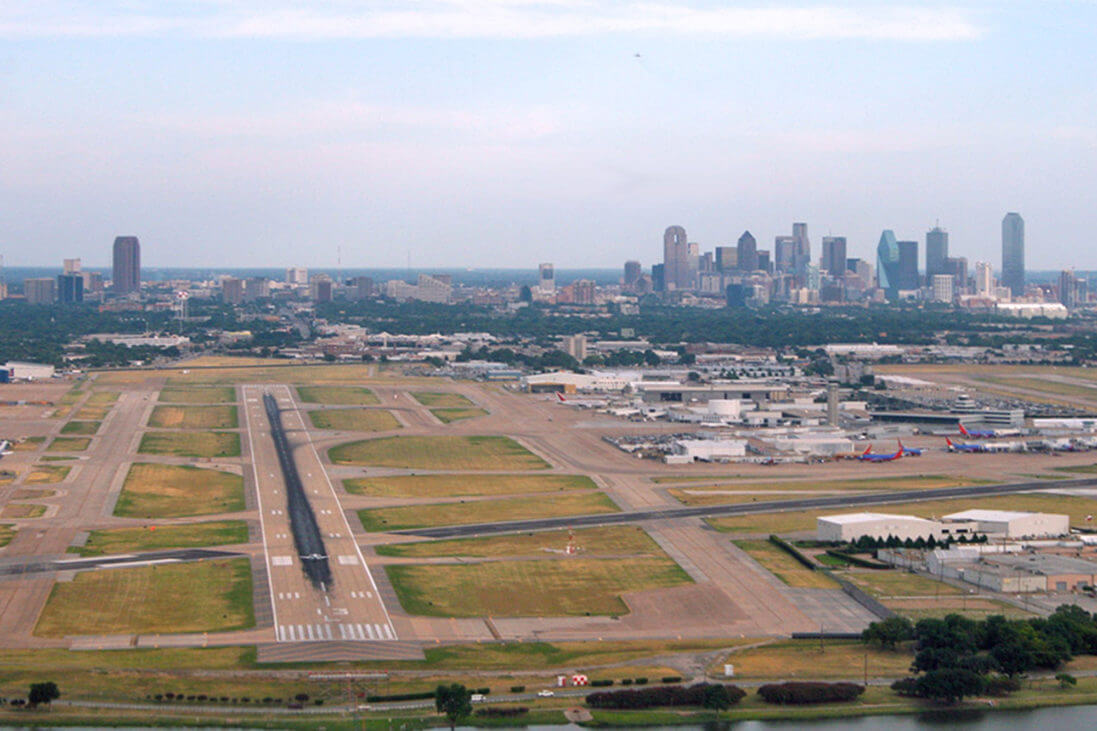
Nov. 10, 2021
Operators bound for Dallas Love Field (DAL) should employ due diligence in flight planning to avoid delays resulting from FAA initiatives that allocate arrival and departure capacity of its single runway through March 2022.
When the FAA implements a DAL initiative, it first allocates capacity to flights already in the system, said Dean Snell, manager of NBAA Air Traffic Services. Flight plans filed after the initiative begins are considered “pop-up” flights, which are subject to additional delay.
The FAA is collaborating with scheduled and nonscheduled operators daily on how it will handle the runway constraints at Dallas Love. The agency is employing a number of tools, including ground delays, airspace flow programs and metering flight arrivals. Both ground delay and airspace flow programs generate an expected departure clearance time.
To smooth out the airport’s arrival flow, Fort Worth and Houston Centers often meter flights that depart from airports in their airspace. Flights from these airports may see some release delays even if the FAA has not implemented a ground delay program.
ATC has implemented traffic initiatives almost daily, Snell said. Ground delay programs typically commence in the afternoon to balance DAL arrival and departure allocations.
Operators should not file a plan for a nearby airport and change the destination en route, he warned. The FAA advisory states, “No airborne destination change to DAL (Dallas Love Field) without prior coordination with the ATC System Command Center. If a flight requests to change destination to DAL, they will be assigned a delay and be required to hold or take the delay with an interim stop.”


 International Business Aviation Council Ltd.
International Business Aviation Council Ltd.